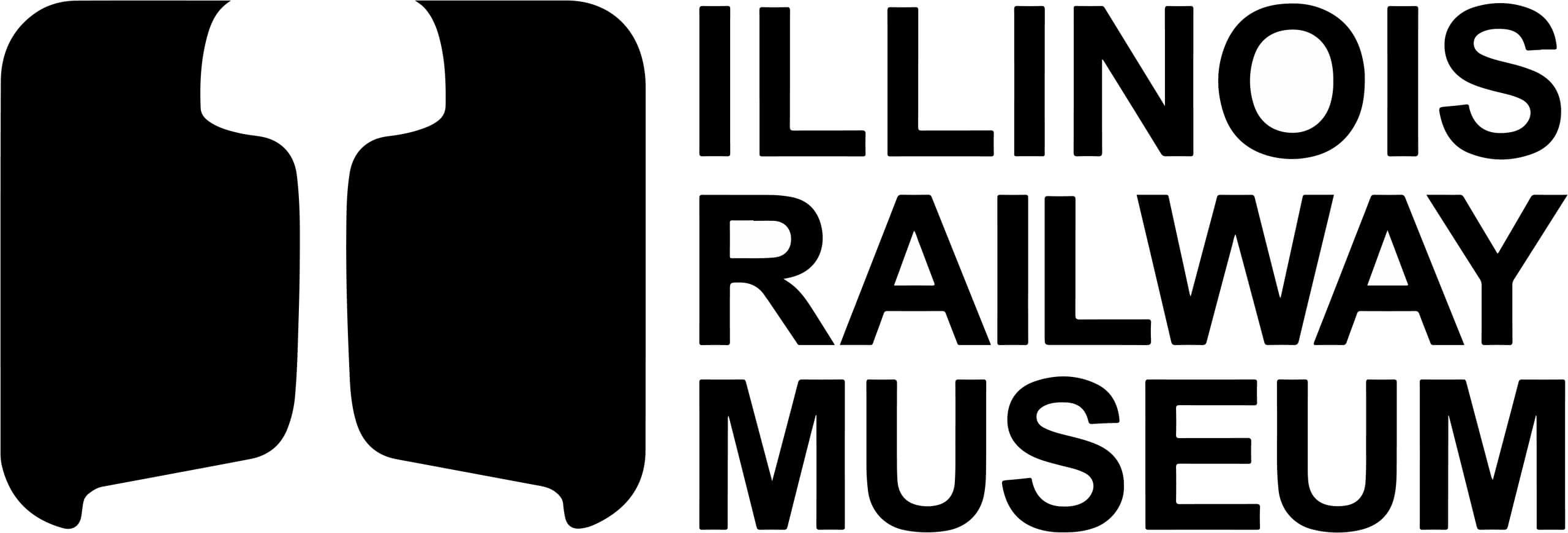Steam Engines

Chicago Burlington & Quincy 4963
| Description: | 2-8-2 Mikado |
Equipment Information
Chicago Burlington & Quincy 4963 is a heavy freight engine designed for use pulling heavy freight trains at low speed. Engines like this were nearly ubiquitous in mainline freight service in America in the years following World War I. This engine sat in a scrap yard for decades after retirement until acquired by IRM in 1990.
FUN FACT: The 2-8-2 wheel arrangement was known as the Mikado, but the name’s Japanese origins lost favor during World War II. For a brief period some people referred to 2-8-2 locomotives as “MacArthurs” in honor of the popular general. After the war ended, though, the Mikado name quickly returned.
COMPARE ME WITH: Frisco 1630, the museum’s popular and operational 2-10-0 “Decapod.” Compared with the Frisco engine, the CB&Q 2-8-2 has nearly 50% more tractive effort due to its larger size and bigger firebox.
Chicago Burlington & Quincy 4963 Details
Builder: Baldwin Locomotive Works
Year Built: 1923
Builder Number: 56812
Wheel Arrangement: 2-8-2
Length: 71ft 2in
Width: 10ft 2in
Height: 14ft 10in
Weight: 384780 lbs
Brakes: 6ET
Tractive Effort: 58090 lbs
Cylinders: 27×30
Boiler Pressure: 200 psi
Drivers: 64in
Description: Class O1a
Arrived: 1990
Condition: Complete / cosmetically restored / not operational
Steam Engine Wheel Arrangements
Chicago Burlington & Quincy 4963 is one of nearly 400 locomotives of this general type that ran on the Burlington. In railroad parlance, it is a 2-8-2 “Mikado.” The story of how it acquired that designation begins around 1900, when a man named Frederick Methvan Whyte developed a standardized method for describing steam locomotives of widely differing designs. The Whyte system classifies locomotives using three sequential numbers. The first refers to the number of small leading wheels; the second is the number of larger driving wheels; and the third is the number of small trailing wheels behind the drivers.
The Whyte system became virtually universal in the United States and Britain during the early 20th century, and the more common types soon acquired names too. These names often harkened back to the first railroad to order a particular wheel arrangement.
During the late 19th century the 4-4-0 became so synonymous with American railroads that it became known as the “American” type. Some types had prosaic names, like the 4-6-0 “Ten Wheeler,” the 2-8-0 “Consolidation” or the 2-10-0 “Decapod,” while others had more poetic names like the 4-4-2 “Atlantic, the 4-6-2 “Pacific” or the 4-8-2 “Mountain.”
“Mikado” type 2-8-2 locomotives, CB&Q 4963, bore that name because the earliest examples built in the 1890s had been designed for Japanese railroads. During World War II there was a movement to rename the type the “MacArthur” class, after the American general, but this generally reverted to “Mikado” after the war.
Other locomotive types were so closely associated with a particular railroad that competing lines refused to honor the name. Most railroads called locomotives of the 4-8-4 wheel arrangement “Northerns” but the Nashville Chattanooga & St. Louis dubbed them “Dixies.” Being a southern railroad, they could not abide running engines known as “Northerns.” The Milwaukee Road called its 4-6-4 locomotives “Baltics” instead of “Hudsons” like on other railroads and the New York Central, which prided itself on its flat gradient, eschewed the name “Mountain” in favor of calling its 4-8-2 locomotives “Mohawks.”
Click to return to Steam Engine roster
Click to return to main roster page
